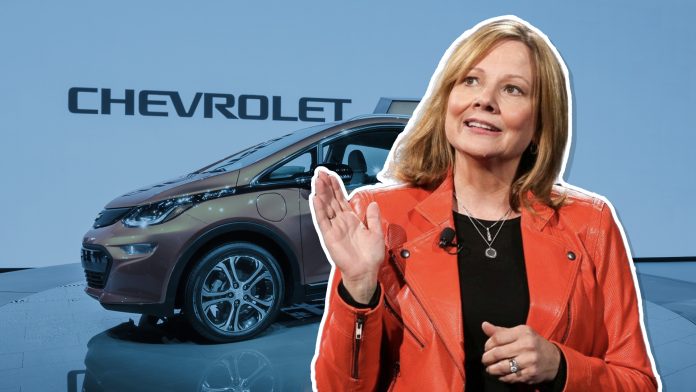Coming off one of its most successful quarters, General Motors has revised its 2023 guidance to account for greater earnings and revenue than it previously anticipated.
The automaker surpassed Q1 expectations by generating nearly $40 billion in revenue, a year-over-year increase of 11.1%, breaking its North American record with $32.9 billion. The automaker also reported it had gained more U.S. market share than any of its competitors, bringing its total ownership to 16.4%. On the basis of these numbers, GM elected to raise its 2023 guidance for several financial components.
The automaker now expects adjusted earnings from $11 billion to $13 billion, up from its initial $10.5 billion to $12.5 billion range. Earnings per share and free cash flow were also increased, from $6 to $7 and $5 billion to $7 billion, to $6.35 to $7.35 and $5.5 billion to $7.5 billion, respectively. The only item reduced from its original 2023 guidance was net income per share, which decreased from an estimated $8.7 billion and $10.1 billion to $8.4 billion to $9.9 billion. The automaker’s report suggests that this last change was made to account for an $875 million employee buyout, announced earlier this year as part of its efforts to reduce spending by $2 billion.
Despite the encouraging statistics, analysts may remain cautious in their appraisals of GM’s business operations. Experts will likely focus on the automaker’s net income rather than its revenue, which fell by approximately 18% from January through March, hitting roughly $1.89 billion from last year’s $2.3 billion. Furthermore, the company’s announcement that it will end production of the under $30,000 Chevrolet Bolt, one of the market’s most successful and least expensive electric vehicles to date, could raise some red flags. In its stead, the brand plans to introduce electric models of its Silverado pickup, Blazer SUV and Equinox SUV, all expected to cost over $39,000. The move comes at a time of growing concerns over affordability in the new car market. During its April 25 earnings call, CEO Mary Barra told investors the vehicle’s plant would be closed in preparation for different EV lines later this year. While neither of these may ultimately impact the OEM’s ability to generate profit, nor prevent it from achieving its new 2023 guidance, they do highlight the instability of the current automotive landscape, and the manufacturer-side difficulties which continue to plague the industry’s post-COVID recovery efforts.



